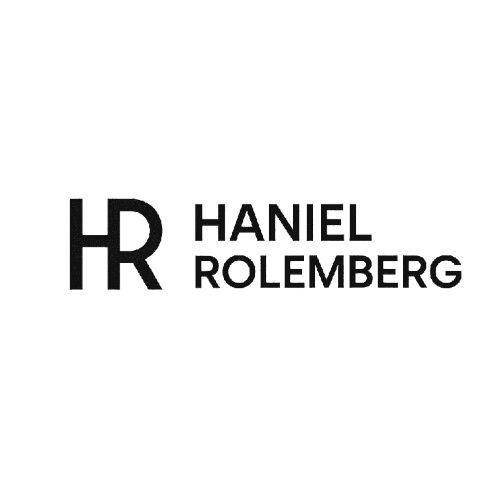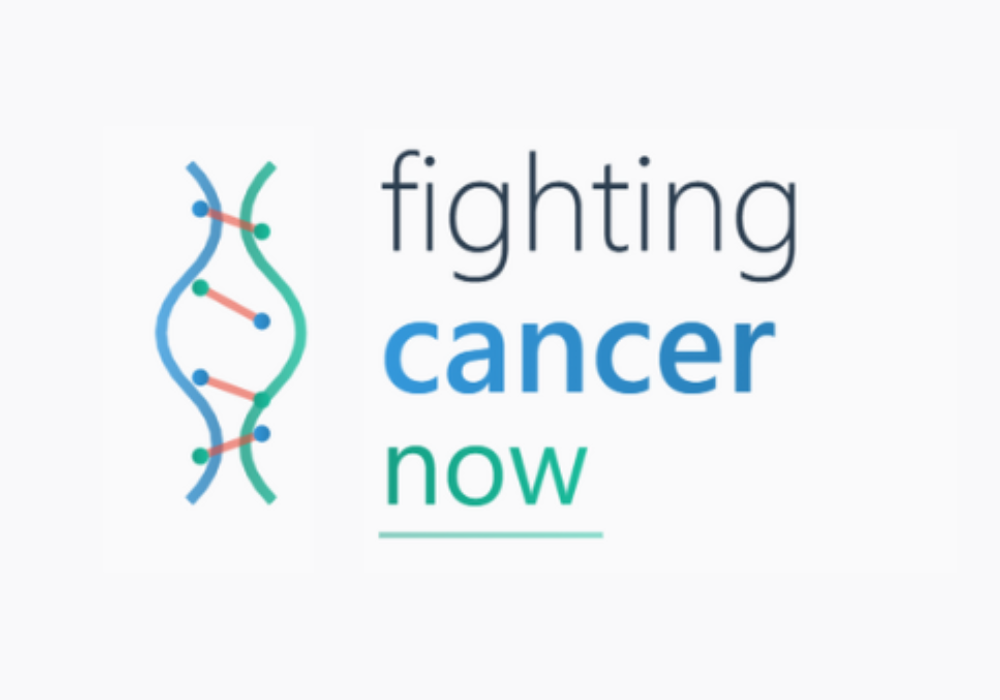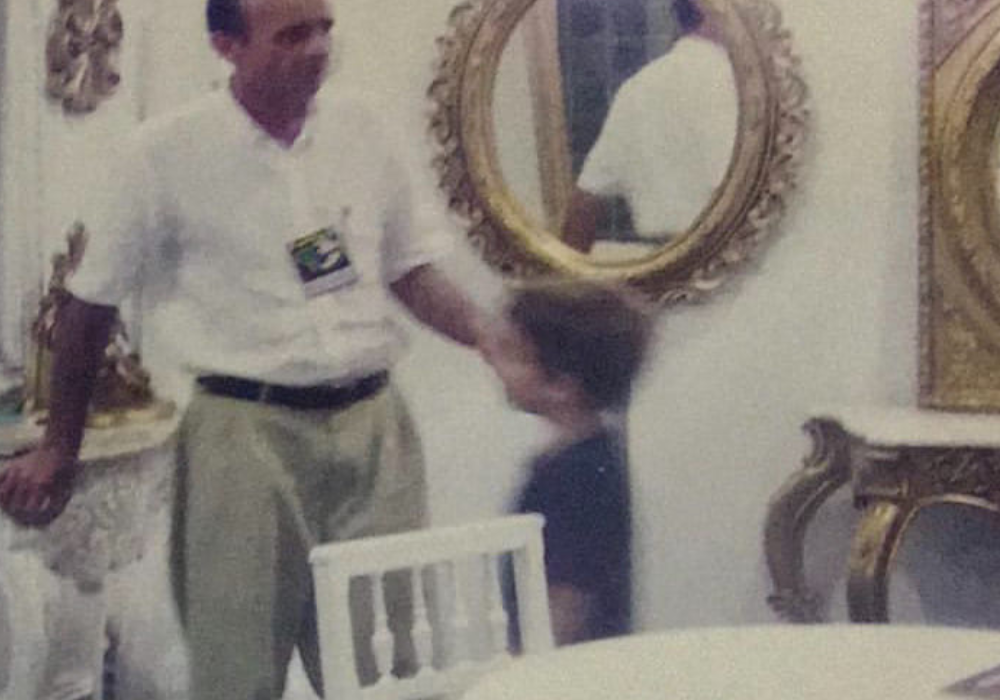Fighting Cancer Together

Cancer affects millions of people worldwide every year. With new cases rising constantly, there’s an urgent need for global collaboration, support, and research. That’s why we’re building a global platform that centralizes real-time cancer data, connects patients, doctors, researchers, volunteers, and donors, and mobilizes resources to fund treatments, hospitals, and scientific projects.
Think of it as a blend between GoFundMe and Patreon, entirely focused on oncology – helping people and projects across the globe.
Who Can Benefit and Participate?
Our platform is designed for everyone involved in the fight against cancer:
- Patients: Access support campaigns, guidance, and a network of people facing similar challenges.
- Donors & Volunteers: Contribute to meaningful causes, help fund treatments, hospitals, and research projects.
- Doctors & Hospitals: Find resources, connect with global peers, and access patient care data.
- Researchers & NGOs: Leverage centralized, standardized cancer data to accelerate discoveries and improve outcomes.
By uniting these groups, we create a global network of support, ensuring help reaches those who need it most.
Why This Platform Is Needed
- Global challenge: Cancer is a leading cause of death worldwide, with millions of new cases every year.
- Data-driven solutions: Centralizing worldwide data allows researchers, doctors, and institutions to identify trends, disparities, and opportunities for interventions.
- Funding gap: Many patients and research projects lack sufficient financial support. Crowdfunding globally can channel resources where they are most needed, across countries and continents.
How It Works
- Centralized Data: Real-time global statistics on cancer incidence, treatments, survival rates, and research findings, accessible to patients, doctors, and researchers.
- Fundraising Campaigns: Donors and volunteers can support patients, hospitals, or scientific projects directly, with full transparency.
- Hybrid Model: Initially online, with physical presence in hospitals and research centers worldwide, to facilitate local access and collaboration.
- Global Expansion: First phase in Brazil, followed by expansion to the U.S., Canada, Spain, Israel, Russia, and China, then eventually all countries, with partnerships with medical institutions and governments to maximize reach.
Potential Global Impact
- Patients reached: Hundreds of thousands to millions per year could receive direct support, better treatment guidance, and access to global research.
- Donors engaged: Potentially hundreds of millions of people worldwide contributing to life-saving initiatives.
- Funds mobilized: Even a small fraction of global medical crowdfunding could channel hundreds of millions of dollars annually to cancer-related causes.
- Scientific advancement: Centralized global data enables faster research, improved treatments, and early intervention strategies that could positively impact tens of millions of lives.
Benefits for Everyone
- Patients: Receive support for treatments, surgeries, and care that might otherwise be inaccessible.
- Donors & Volunteers: Make a tangible impact and support life-saving projects worldwide.
- Doctors & Hospitals: Access data, collaborate globally, and optimize patient care.
- Researchers & NGOs: Use unified global datasets to accelerate discoveries, validate therapies, and target interventions efficiently.
Challenges and Considerations
- Privacy and trust: Protecting patient data is critical. Transparent tracking of donations ensures trust from millions of users.
- Global access: Partnerships with hospitals, NGOs, and governments help overcome internet or infrastructure barriers in underserved regions.
- Integration with health systems: Collaborating with institutions and governments ensures aid reaches patients quickly and efficiently.
Together, We Can Change Lives
This platform combines data, technology, and human compassion to tackle cancer globally. By engaging patients, doctors, researchers, donors, and volunteers worldwide, we can transform statistics into stories of hope and recovery.
Every donation, volunteer effort, or shared insight brings us closer to a world where millions of lives are positively impacted every year.
Join us in this global fight against cancer – every action counts.
Se você quiser, posso agora criar uma versão visual do blog, com layout, bullets, gráficos sugeridos e seções de call-to-action, otimizada para WordPress, Medium ou LinkedIn, para deixar o post mais atrativo e compartilhável globalmente.
Quer que eu faça isso agora?
This project aims to create a global platform that centralizes real cancer data and mobilizes volunteers to fund treatments, research, and oncology projects worldwide. The platform will gather global statistics (incidence, mortality, survival), resources for specific patients, and crowdfunding campaigns (similar to GoFundMe), allowing millions of people to collaborate in fighting cancer. Below, we analyze the potential impact of this initiative in absolute numbers and highlight key global cancer and medical funding data.
Global Cancer Scenario
- Global cases and deaths: In 2022, there were an estimated ~20 million new cancer cases worldwide, resulting in 9.7 million deaths . Approximately 53.5 million people were alive up to 5 years after diagnosis at that time . Therefore, cancer remains one of the leading causes of death worldwide.
- Increasing trend: With population growth and aging, the number of cases is projected to reach 35 million per year by 2050 . Without intervention, this means billions of cases and associated costs in the coming decades.
- Regional disparities: The cancer burden is unequal: low-income countries have proportionally higher mortality. For example, in many Sub-Saharan African countries, cervical cancer is still the leading cause of death among women . Globally integrated data can highlight these disparities and guide resource allocation where it is most needed.
Key Cancer Numbers (Global and Brazil)
- Worldwide (2022): ~20 million new cases and 9.7 million deaths . Approximately 1 in 5 people will develop cancer in their lifetime, and about 1 in 9 men and 1 in 12 women will die from it .
- Projection 2050: 35 million annual cases .
- Brazil (2022): ~627,000 new cases and ~279,000 deaths . About 1.63 million Brazilians were alive up to 5 years after diagnosis that year . These numbers highlight the volume of patients who could potentially benefit from the platform.
- Patients and survivors: Today, there are tens of millions of people living with cancer or with a recent history of the disease (up to 5-year survival) . Each represents a demand for information, care, and potential financial support.
- Financial cost: In Brazil and worldwide, cancer treatment is expensive. Data show that 3 in 4 patients worry about covering treatment costs , revealing a huge potential audience in need of financial aid.
Data Centralization and Research
Centralizing global cancer information is essential for research, prevention, and resource allocation. For example, IARC/WHO has launched platforms like the Global Cancer Observatory (GCO), providing standardized global statistics. Recently, IARC launched a Scientific IT Platform to allow researchers to access and analyze data from large international epidemiological studies (such as EPIC, interLymph) collaboratively . Our system will expand on this concept: it will gather data from clinics, hospitals, and cancer registries worldwide, creating an accessible repository (respecting privacy) for scientists and healthcare professionals. This can accelerate cure discoveries, optimize prevention and treatment resources, and standardize global best practices.
Fundraising and Volunteering
The platform will include crowdfunding and volunteering to support patients, hospitals, and scientific projects:
- Global adoption: Millions already use medical crowdfunding. In the U.S., for example, about 8 million people launched campaigns for personal medical expenses, and more than 50 million Americans donated to health causes . An internationally accessible site could attract an even larger audience.
- Worldwide scale: GoFundMe (largest crowdfunding platform) reported 150 million users and US$30 billion raised since 2010 . Although not all campaigns were for cancer, this shows potential scale. The global medical crowdfunding market is already in the billions: estimated at US$6.92 billion in 2025 and projected to US$16.7 billion by 2032 .
- Current results (U.S.): Data from 2012–2022 show 33 million donations totaling US$3.4 billion were made for personal medical expenses . Cancer campaigns accounted for 41.1% of the medical volume (about US$1.6 billion) . This means millions of donors are already funding oncology patients in the U.S. alone.
- Global potential: Taken globally, the impact could multiply. Even reaching 1% of annual patients (20 million/year) would mean 200,000 people receiving direct aid annually. Additionally, collaborators in countries with weaker public systems could use the platform to fund private treatments or support urgent research.
Estimated Impact (Absolute Numbers)
Summarizing in absolute numbers (using 2022 as a base):
- Patients benefited: Up to 20 million new oncology patients per year could access data and aid campaigns. Additionally, ~53 million recent survivors* form another potential beneficiary group for medical and social support .
- Donors and volunteers: Potentially hundreds of millions of people could contribute globally. In the U.S., more than 50 million donated to medical causes ; globally, this number could be much higher, especially engaging Brazil, Europe, and Asia in health humanitarian campaigns.
- Funds mobilized: Replicating the pace of U.S. campaigns, billions of dollars could be directed to cancer annually. Even 1% of GoFundMe’s total raised (US$30B) distributed worldwide equals hundreds of millions per year.
- Scientific projects supported: The platform could channel donations to research and innovation (e.g., new drugs, HPV vaccines, hospital equipment). A single major oncology hospital or research consortium receiving global crowdfunding can accelerate results for millions of patients.
Concrete Expected Benefits
- Accelerating treatments: Underprivileged patients can receive funding for chemotherapy, surgeries, and palliative care. For example, if 10% of international donors supported Brazilians, thousands of high-cost treatments in the public system (SUS) could be funded.
- Reduced costs: With more data, early interventions and more effective treatment guidelines are possible. Reducing unnecessary tests and focusing on proven therapies saves public money, benefiting 50 million patients locally and globally.
- Engaged communities: Sharing information and recovery stories inspires new donations and volunteering. Similar platforms show that medical campaigns generate empathy, motivating support through social networks (e.g., half of Gen Z shares fundraisers weekly ).
- Collaborative research: Standardized data (incidence, genomics, treatment effectiveness by region) allow the scientific community to achieve scales impossible individually. Brazilian collaborators could compare regional results with Europe, Asia, etc., helping treat millions of patients locally and globally.
Challenges and Considerations
- Privacy and trust: Protecting sensitive patient data is essential. Transparency (who donates to whom and how funds are used) is necessary to gain trust from potentially millions of users. Successful crowdfunding platforms implement public audits and accountability reports.
- Unequal internet access: Patients in poor countries may struggle to use the platform. Partnerships with local NGOs, telemedicine, and community support points will be necessary.
- Integration with health systems: The impact will be greater if the system complements public programs. For example, public hospitals receiving international donations through a special fund could assist tens of thousands more patients annually.
- Global adoption: To reach broad “absolute numbers,” major institutions (WHO, ACS, INCA, etc.) must be involved. Even if 100 hospitals in different countries adopt the system, and each enrolls 5,000 patients/year, this already means 500,000 beneficiaries annually.
Conclusion and Outlook
In summary, the potential impact of this system is immense. With 20 million new cancer cases annually worldwide , even hundreds of thousands or millions of people could benefit each year through financial aid, better treatment guidance, and co-funded research projects. Global data collected will facilitate early and more efficient interventions, positively affecting tens of millions of lives over time. In terms of resources, even a small fraction of the billions raised in medical crowdfunding would be transformative. For example, 1% of the US$3.4 billion raised over 10 years in the U.S. equals US$34 million – enough to treat tens of thousands of oncology patients in developing countries.
Implementing this global platform means combining data, technology, and solidarity on an unprecedented scale. If communities of patients, doctors, researchers, and donors around the world engage, we can transform worrying statistics into stories of recovery. Ultimately, the absolute number of people impacted – patients who survive longer, families relieved of medical debt, and projects advancing toward a cure – depends on all of us participating in this collective effort.
Sources: Global cancer statistics and projections ; medical crowdfunding and social impact data .
Contribute on github





